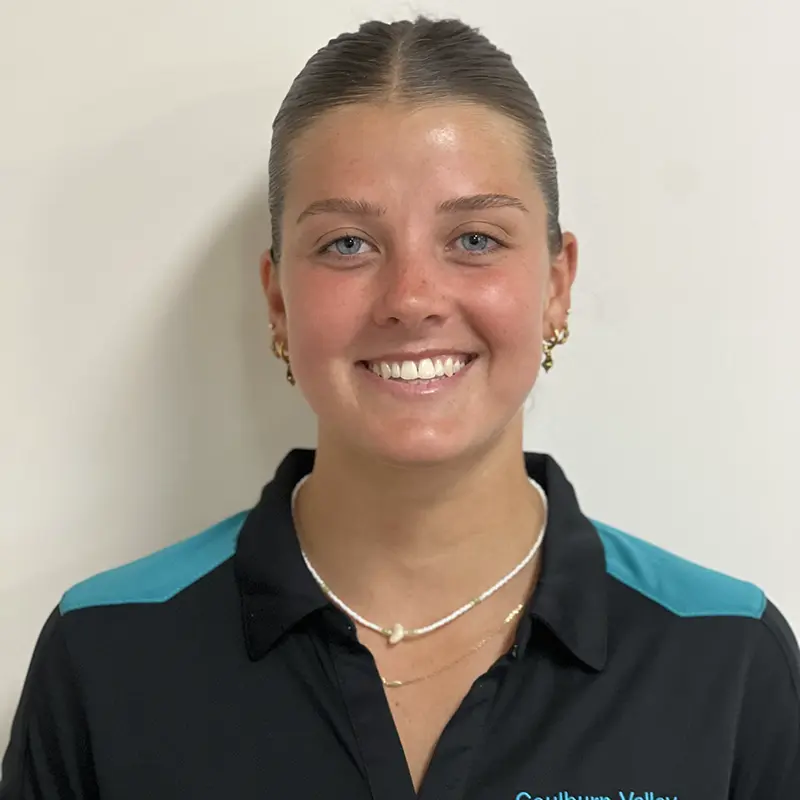Why is my Achilles hurting?
You may notice that in the mornings that the first few steps are quite stiff and painful, you have difficulty walking, or are sore to touch over the tendon. The tendon itself may have also thickened and it may be difficult to perform impact exercise. These can be the first signs of an Achilles tendinopathy. This can occur due to a long-term overuse of the tendon, or a recent increase in training load that lacks sufficient rest.
You may have taken a period of time off running or training and then once returning, the pain comes back . This can be frustrating as it feels the pain is lingering longer than it should be, even after resting.
If this sounds like something you’re going through, it is important you are thoroughly assessed by a physiotherapist. In the meantime, here are three things you can do to help yourself recover.
Manage Your Loads
A common cause of Achilles tendinopathy is undergoing a fast increase in load, without the necessary rest. This could be as simple as getting back into walking after taking a few months off. You may have previously been able to walk 5km everyday, however after having time off, our bodies need time to adapt to an increase in load again. Therefore we need to gradually build up to achieving this. An easy way to determine your loads is to be guided by your pain; if you recognise that an activity is making you very sore afterwards, you’re probably doing too much.
Modifying Activities
For those with Achilles tendinopathy, certain activities can be more aggravating than others, such as walking, jumping or running. One of the main aims of Achilles tendinopathy rehab is to calm the tendon down. This can be done by changing the way we complete our activities so the tendon is not constantly aggravated. An example of this is still going to footy training, however limiting the amount of jumping or sprinting you complete, just for now.
Build Up Strength
It is important to note that complete rest is not recommended, and can actually be harmful to the tendon and may prolong recovery. Therefore, it is important to start building up your strength in ways that don’t load the tendon too much. Examples of this include doing exercises such as a calf raise with a slow, controlled motion, hydrotherapy and isometric exercises (holding a position). As you slowly build up strength, your physiotherapist will be able to progress your exercises tailored to your goals, such as returning to jumping.
Early intervention and management of Achilles tendinopathy can help you get back to everyday life and the things you love. A physiotherapist can assist you by completing an in-depth assessment and tailoring your treatment to your specific symptoms and goals.

Written by
Ellie Mifka
Originally from Shepparton, Ellie moved to Bendigo for four years to complete her Bachelor of Physiotherapy (Honours) at La Trobe University, which she completed in 2024 before moving back to Shepparton to start her career.

